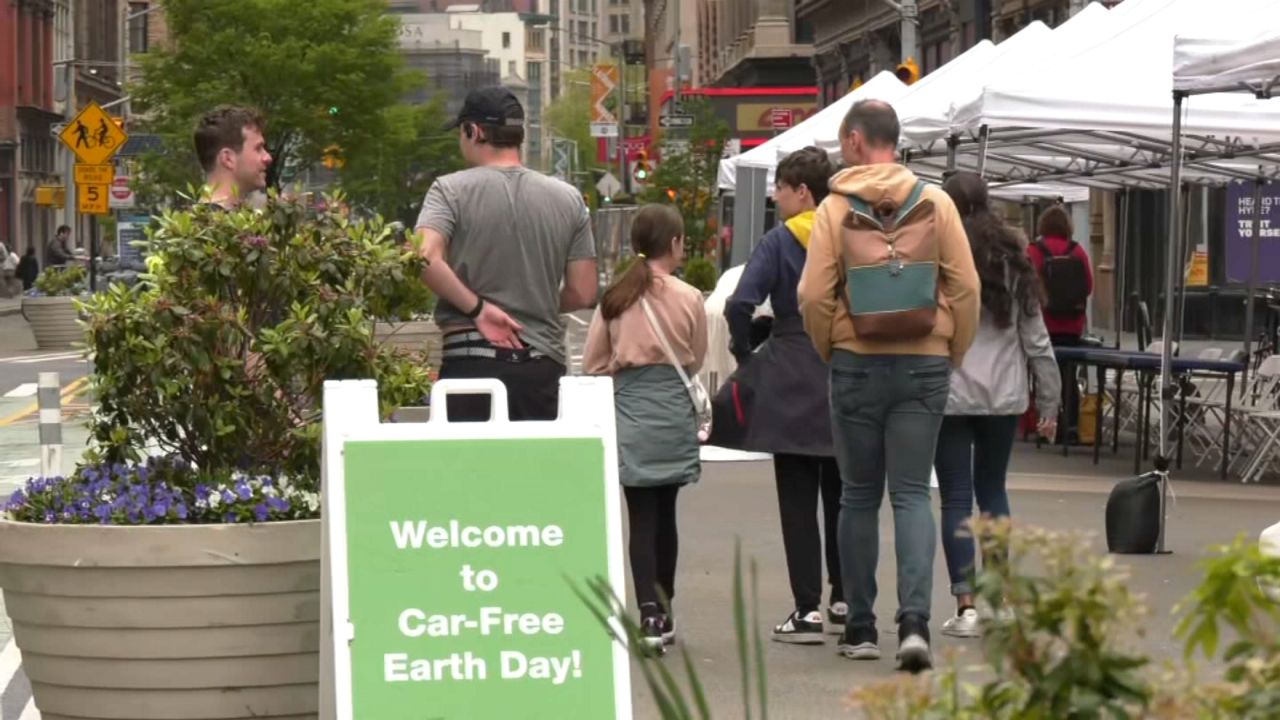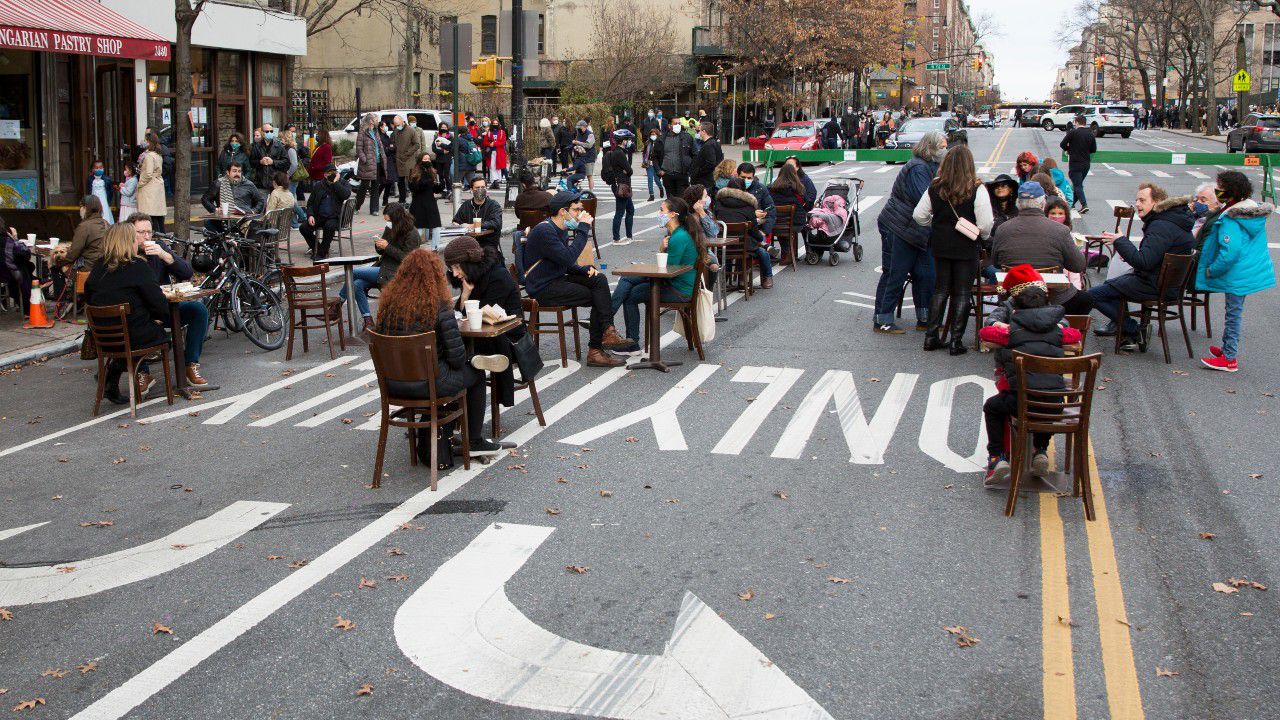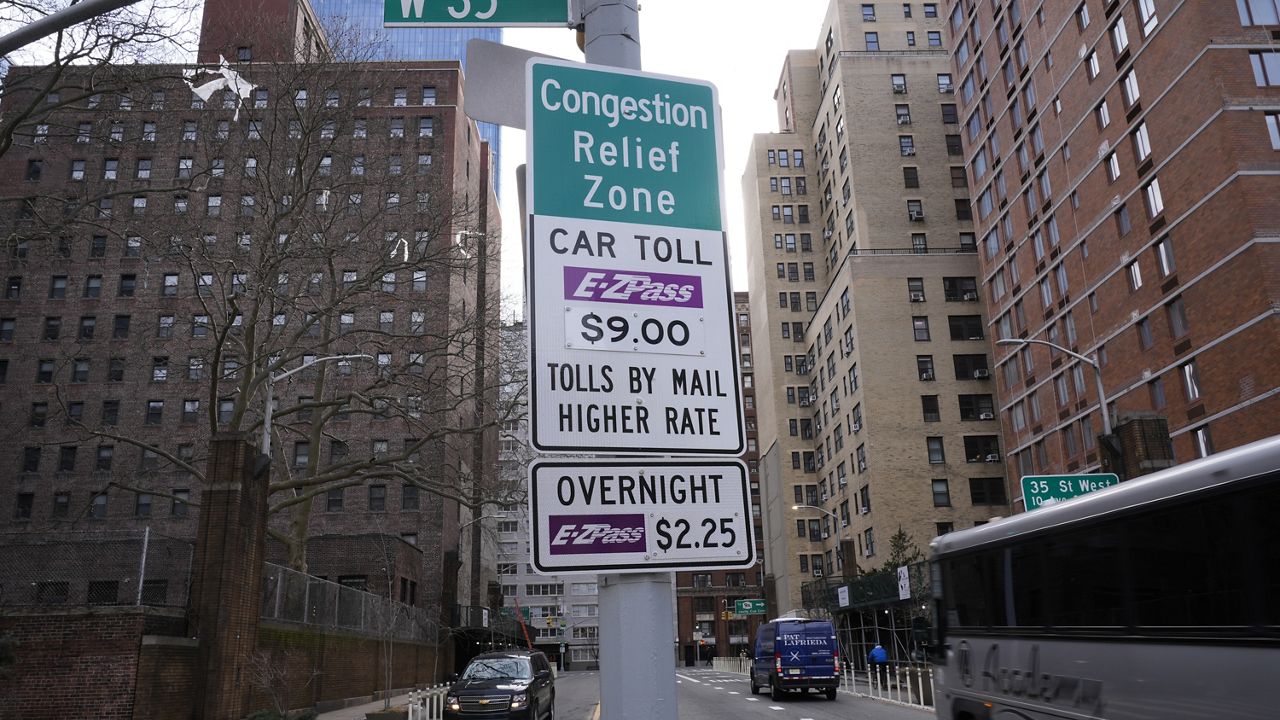This month’s collision and derailment of 1 trains that snarled service on the line for days was caused by lost radio communications and because trip stops could not trigger already vandalized brakes on the out-of-service train, according to a preliminary NTSB report.
New York City Transit President Richard Davey said the report is a factual rendition that’s beyond dispute. While the question remains whether the problem on Jan. 4 was with the radios themselves or a human error, Davey insisted the radios were working that day.
“There are multiple channels, that’s another question, were they on the same channel, for example,” Davey said at a news conference. “So I think we need to continue to look at those as possibilities. But as I said, we’re going to look at both not only the conduct of the individuals to see if there are improvements but also are there processes, procedures, better radio procedures, for example.”
In this instance, the emergency brakes had been pulled on the first five cars on the 1 train.
Passengers had be let out at 79th Street, the brakes could not be reset and the train was on an express track north of the 96th Street station waiting to go to a nearby yard.
It was about to switch to the local track when the in-service 1 train, with 200 people on board, was passing.
“The transit system supervisor did not receive the flagger’s instruction to stop, the train passed by a signal requiring a stop at the end of the 96th Street Station platform, and the collision occurred," the report said.
The train's flagger, who typically serves as the eyes for the operator, had to drive the train from the sixth car since the brakes and motors were cut to the first five. The signal was red for the train, and a trip that would have normally activated the brakes didn’t because the brakes were cut.
“They’re goal was to get that train out of the way and to get it out of the way for rush hour, as I mentioned before, we make this move approximately a dozen times a week without any issue,” Davey said. “But we’re going to look at that, to see if there’s a better way to do that in the future.”
The collision left more than two dozen people with minor injuries.
The investigation remains ongoing and Davey said the MTA will continue to cooperate, and noted he doesn’t see the accident as a negative, but rather a way of helping the agency improve.







